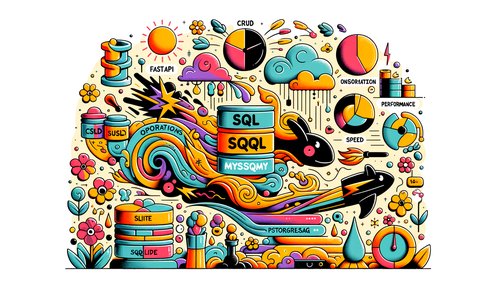Unlock Automation and Simplicity with CloudFormation Templates
CloudFormation makes it easy to provision and manage resources in the cloud. With CloudFormation, you can create templates that define the resources and their configurations. You can then use these templates to create and manage stacks of resources.
CloudFormation templates are written in JSON or YAML and allow you to define the parameters and configurations of your cloud infrastructure. This makes it easy to automate the deployment of resources and manage them in an organized way.
With CloudFormation, you can create stacks of resources such as AWS EC2 instances, Amazon S3 buckets, Amazon RDS databases, and more. You can also define parameters such as instance types, storage sizes, and other configurations.
The benefits of CloudFormation templates are numerous. They allow you to automate the provisioning of resources, and manage them in an organized way. This makes it easy to deploy and manage multiple stacks of resources.
You can also use CloudFormation to version control your stacks, allowing you to easily roll back changes or deploy new versions of your resources.
CloudFormation also allows you to create custom resources and define custom parameters. This makes it easy to define the exact resources and configurations you need for your application.
To get started with CloudFormation, you can use the AWS CloudFormation Designer to create a template. This template can then be used to create and manage the resources for your application.
Here is a simple example of a CloudFormation template that creates an EC2 instance and an S3 bucket:
Resources:
MyEC2Instance:
Type: AWS::EC2::Instance
Properties:
ImageId: ami-xxxxxxxx
InstanceType: t2.micro
MyS3Bucket:
Type: AWS::S3::Bucket
Properties:
BucketName: my-s3-bucket
By using CloudFormation templates, you can unlock the power of automation and simplify the management of your cloud resources. With CloudFormation, you can create and manage your resources in an organized and automated way.
Recent Posts

Unlocking the Power of Terraform: Mastering Conditional Expressions for Smarter Infrastructure Automation

Unveiling the Future: Navigating the Public Interface of Apache Airflow for Streamlined Workflow Management
Apache Airflow
Mastering Workflow Automation: Unconventional Apache Airflow How-To Guides for the Modern Data Enthusiast
Apache Airflow
Mastering the Cloud: Unveiling AWS CloudFormation Best Practices for Seamless Infrastructure Management



